This month I want to introduce you to the structure of the documentary, Wind in Their Sails: Death and Resurrection. After more than 30 interviews with skippers, restorers, crew and volunteers, I have a strong storyline in three acts.
If you’re interested in hearing about this project live, come to one of my speaking engagements for December, January, orr February. Learn more at the bottom of this email.
Act I
The Romance of Beautiful Boats
Act I explores the romance that people have with these beautiful and historic sailing boats. For centuries, these graceful vessels have carried the dreams of mariners and craftsmen alike.
But their beauty belies a fragile reality.
Allen Gross recounts the emotional tie he has with his boat with these words, “When I’m aboard Folly, it feels like touching history.”
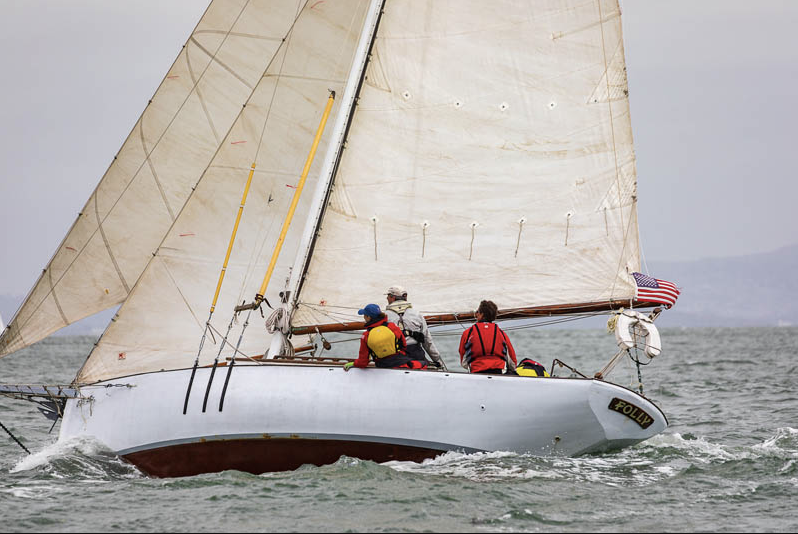
Folly under sail on the San Francisco Bay
Gross put in hundreds of hours bringing Folly back to where she stands today. He knows firsthand how important it is to keep her in that condition if she is to be passed on to the next generation of owners.
Every year, people get to see boats like Folly>/i> at the Master Mariners Benevolent Association’s ‘Wooden Boat Show,’ hosted by the Corinthian Yacht Club in Tiburon, California.
> Click on the image> of kids on Brigadoon (below) to see what others have to say about their boats:
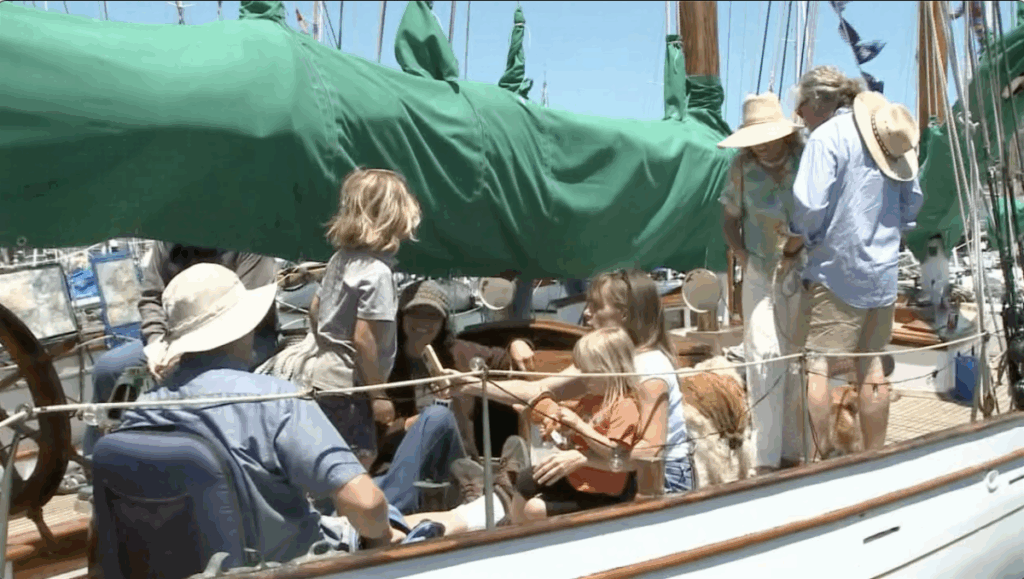
Kids on Brigadoon at the Corinthian Yacht Club
When Bill Claussen talks about Bird boats, like his boat Cuckoo (pictured below), you can sense their innovation and heritage on the Bay. “These boats were the soul of San Francisco Bay,” says Claussen.
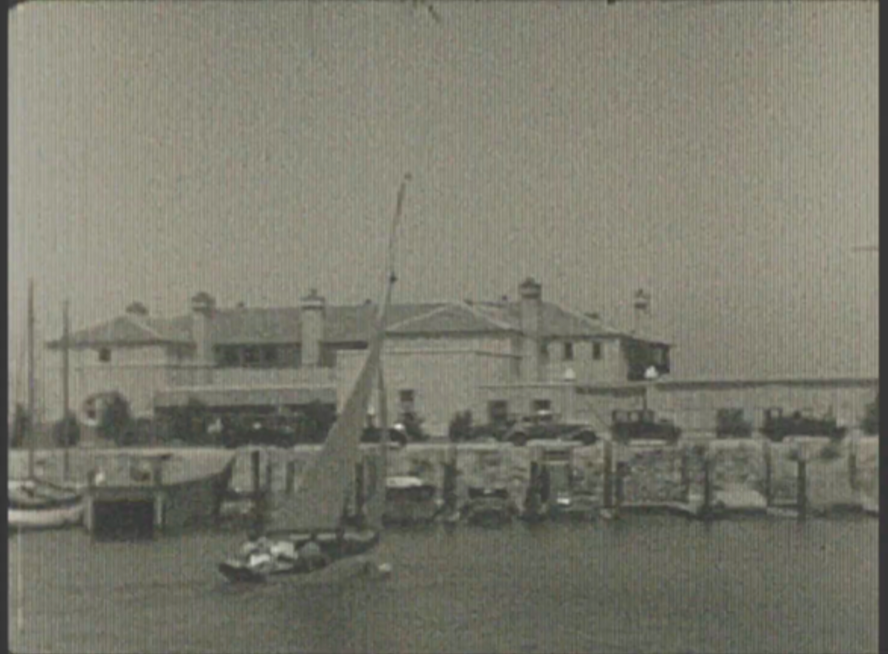
Cuckoo on the San Francisco Bay
Watch the video below of Cuckoo in 1929, from the Hart L. Weaver Film Collection at the St. Francis Yacht Club:
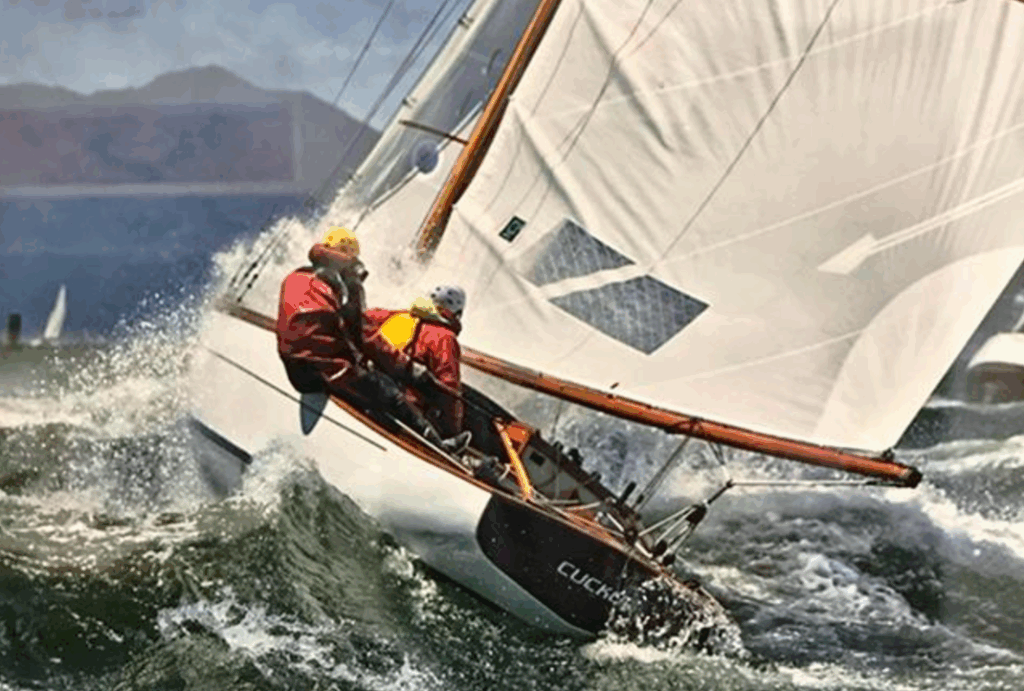 Cuckoo racing on the San Francisco Bay
Cuckoo racing on the San Francisco Bay
The question is, what will become of these timeless boats in a rapidly changing world?
ACT II
A Life Under Threat
Act II of the documentary dives into the threats wooden boats face while highlighting the human effort to save them.
Steve Hutchinson, a master shipwright, shares just how hard it is to work on replanking a wooden boat. “When we have to repair ’em, we’re doing it the hardest possible way. Every single plank we put in is a shutter plank (a plank that must fit between a plank above and below as well as on both ends). I mean, occasionally we’ll do four planks, so two of them aren’t shutters. You know, that’s what makes it interesting—and I wouldn’t do anything else.”
Another thing working against the preservation of these boats is the tension between development and preservation of a maritime waterfront. John DiRe, head of the Sausalito Working Waterfront Coalition, believes a working waterfront is not only possible but is a financial boon for Sausalito. During COVID, he says that when tourists didn’t show up, “the businesses in Marin Ship saved Sausalito’s economy.”
Not every story has a happy ending. Boats like Vadura had a long and happy life. She spent most of her life sailing the South Pacific before she was sold to an owner in California who brought her back to her glory days. (Here she is in the boat parade as part of the sailing competition at the Olympic Games in Los Angeles—below.)
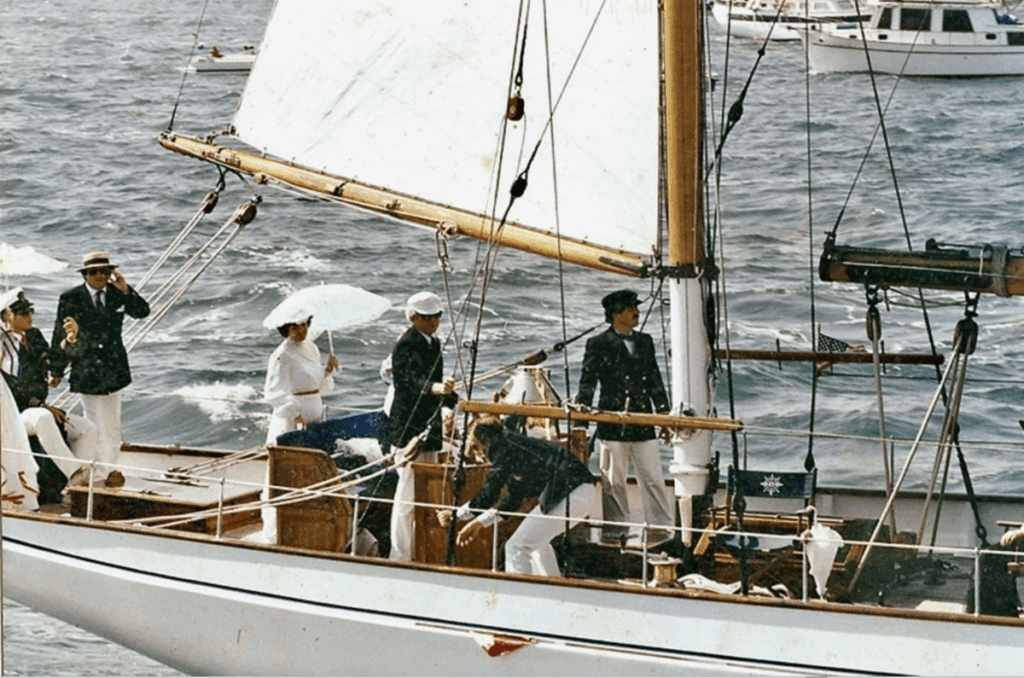
Vadura at the Olympic Games in Los Angeles, California (1984)
Fast forward 35 years and Vadura had fallen on hard times as an anchor-out in Richardson Bay. As part of the Corps of Engineers’ clearing the anchorage, she was taken to Svendsen’s Bay Marine to be broken up. She was just too far gone to repair.
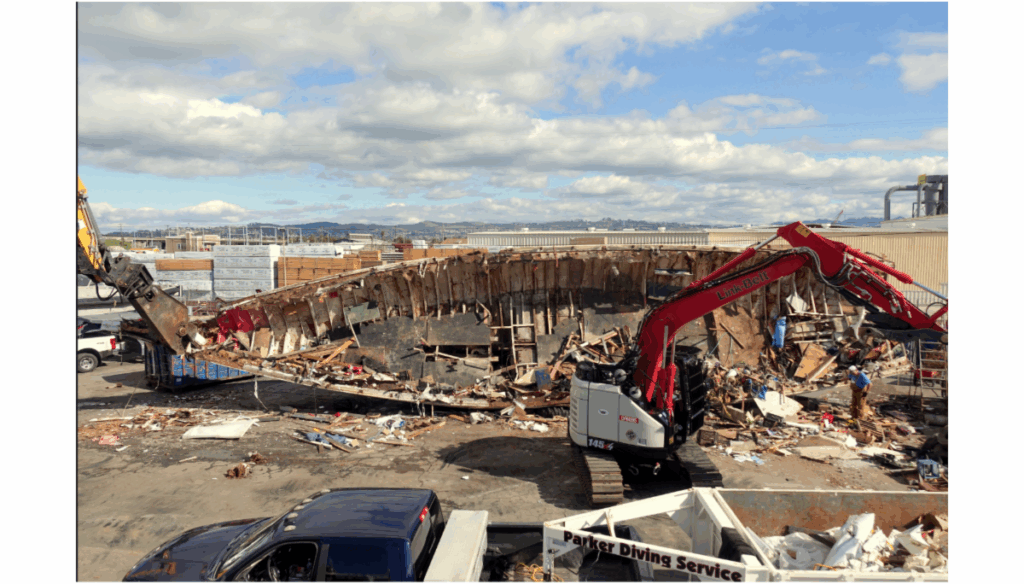
Vadura, broken up at Svendsen’s Bay Marine in 2024
In the end, it is not whether these boats can be saved—but whether we are willing to save them.
ACT III>
A Future Worth Fighting For
Act III shows us a future worth fighting for.
Freda was built in 1885 and has died twice. In her last resurrection, Bob Darr, head of the Arques School of Wooden Boatbuilding, played a pivotal role.
“At the age of 18, I confessed that I really would love to do wooden boat building. I was trained by people like John Linderman and Halden Chase. Because of that, I was able to start a school in Sausalito, The Arques School. The minute I got the job, people said that I could restore the Freda. Nothing is more important on San Francisco Bay historically than the Freda.”
—Bob Darr
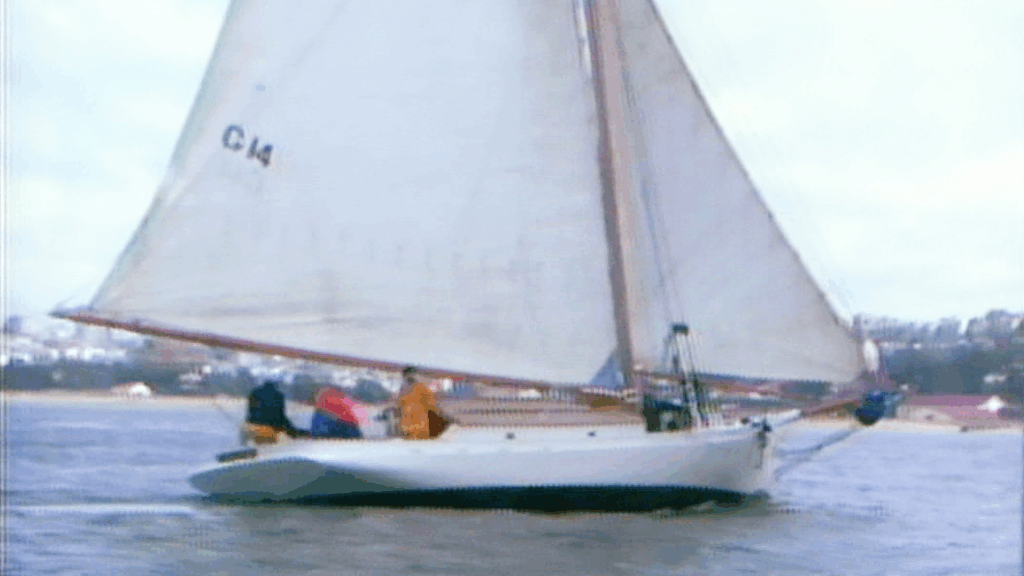
Freda
There is another path to resurrection. Boats like the Alma and CA Thayer were acquired by the San Francisco Maritime National Historical Park when they were in need of resurrection.
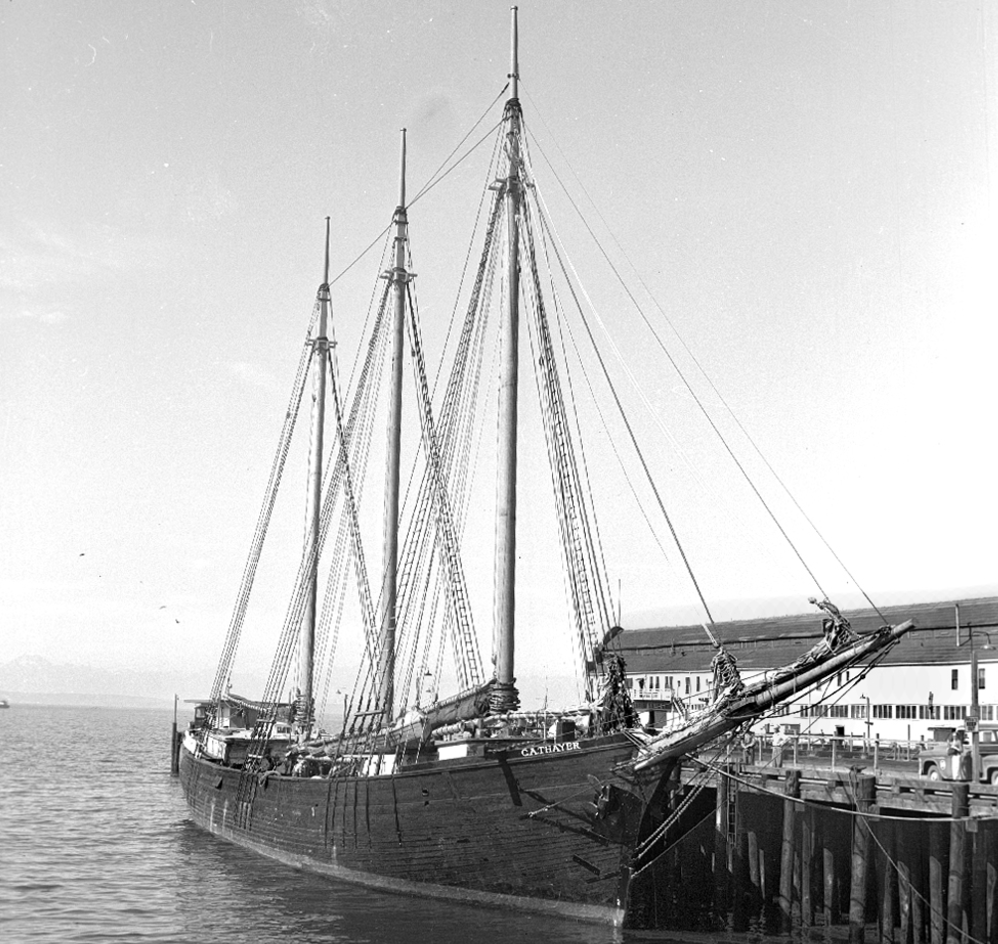
CA Thayer, 1957. Photo credit: San Francisco Maritime National Historical Park
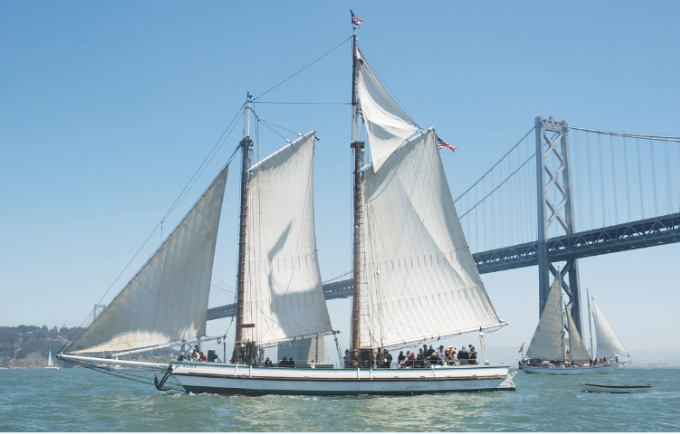
Alma, restored. Photo credit: San Francisco Maritime National Historical Park
Then there are the families who have owned their boats for many years and plan on passing them to the next generation. The Klaus family has owned the 100-year-old schooner Brigadoon for 50 years. Terry has passed the torch to his daughter, Lindsey, who now drives the boat.
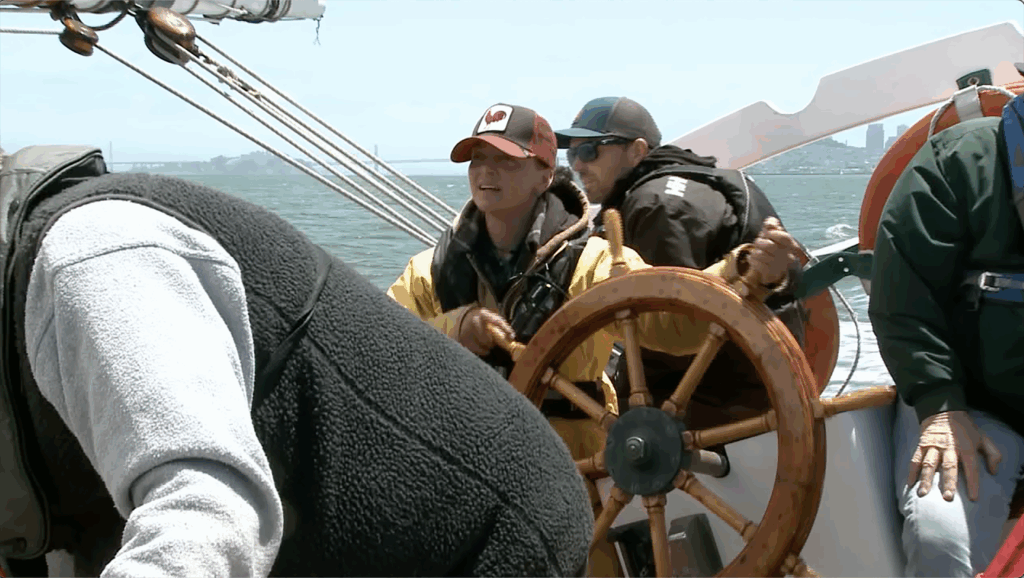
Lindsey at the helm of Brigadoon
Wooden boats may one day disappear from the seas—but they will live forever in the stories, traditions, and hearts of those who loved them.
